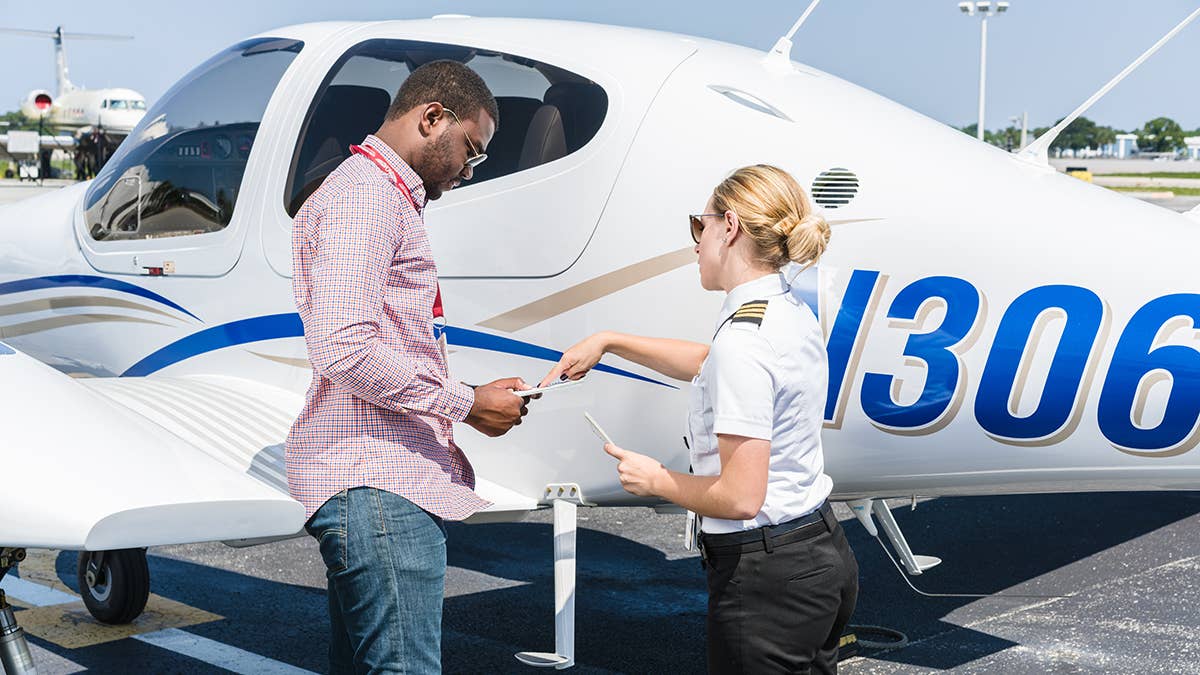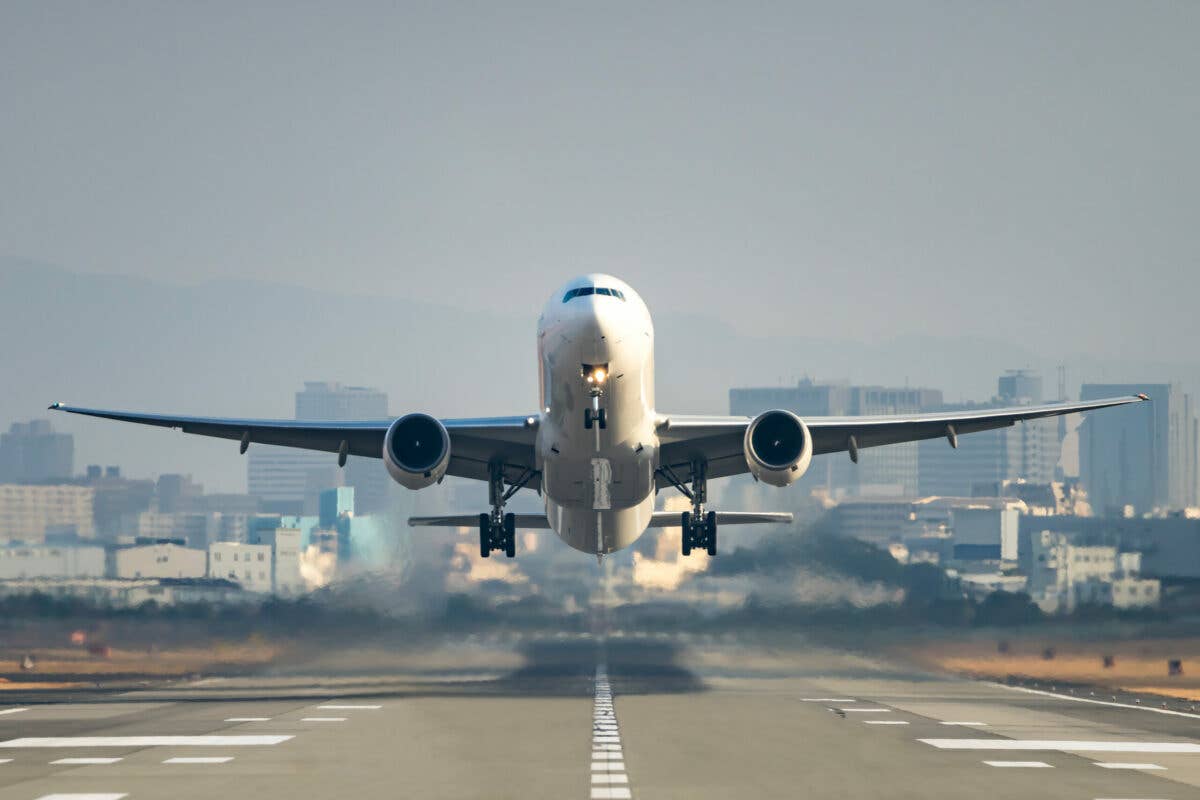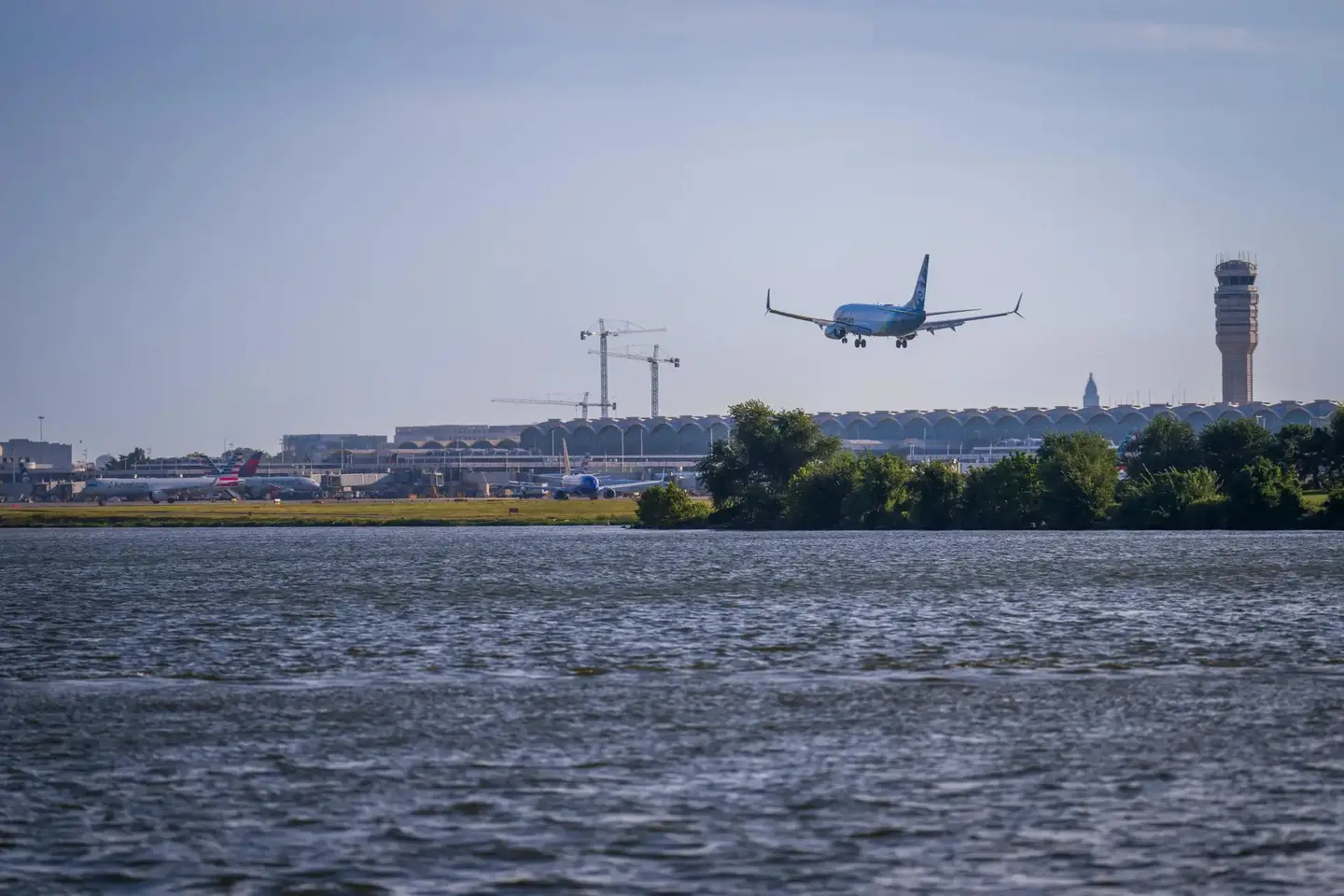Check Rides Grind to a Halt After IACRA System Failure
The system outage comes amid an ongoing pilot examiner shortage that has already forced some applicants to wait weeks for a test date.

Most flight schools do have favorite DPEs for check rides, but they are not usually assigned to flight schools. [Credit: Daryl LaBello/Embry-Riddle Aeronautical University]
In January, the FAA's Notice to Air Mission (NOTAM) system crashed, spurring a ground stop of commercial air traffic. Today, it's the sporadic failures of the FAA's Integrated Airman Certification and Rating Application system (IACRA) that are making it nearly impossible for designated pilot examiners to perform check rides.
"It's been going up and down for days," said Doug Stewart, a DPE from the east coast. Stewart was also the first executive director of the Society of Aviation and Flight Educators, an organization that, along with the National Association of Flight Instructors, strives to improve the quality of flight instruction to create better pilots.
Applicants who logged in on March 1 were told, "The IACRA system is currently undergoing system maintenance."
Some 36 hours later, the message remained up while IACRA remained down.
According to Stewart, it is unclear if applicants who filled out their applications for their check rides are wondering if the system saved the information or if they have to fill it out all over again.
Thursday, the FAA confirmed the outage and some loss of data in the IACRA system.
"On Monday morning, February 27, IACRA was impacted by several database issues resulting in a system restore during which IACRA experienced some loss of data from February 27 to February 28," the agency said in a notice via its FAA Safety Team (FAASTeam) portal.
"For actions completed in IACRA between February 27 (all day) and prior to 12 p.m. Central on February 28 may be impacted," FAA said. "Registry is actively reviewing the restored data to determine what can be saved. Although we believe we will be able to retrieve completed applications, it is unlikely we will be able to restore them to IACRA. The Registry will be able to complete the certificate action for these files and save all relevant data to the Airman file. Other actions in IACRA, like account creation, password changes, signatures on applications (other than certifying official) will likely have to be redone."
The statement continues, “In order to allow the Registry time to manually process the applications impacted, please consider waiting until Tuesday, March 7 or later to inquire on application status. If you have questions, please call the Airmen Registry at (866) 878-2498 or email 9-amc-afs760-airmen@faa.gov."
How IACRA works
Check ride applicants are required to fill out an electronic application on IACRA. When they report for their check ride, the DPE uses the applicant's Federal Tracking Number (FTN) to retrieve the application, and then the check ride can begin.
"We can't get into the system," Stewart said. "So there is no check ride. You have applicants who have taken a day off work, who have spent the money to rent an airplane and fly to where the DPE is, only to get there and we can't get into the system, so the check ride can't happen."
It's particularly frustrating, he noted, because with the shortage of DPEs, many applicants can wait weeks for a test date.
"It's adding to the pilot shortage," he said.
The 8710-1 Paper Application
There is always the paper application, the form 8710-1, that can be found on the FAA's website as a PDF.
Before IACRA came to be in the early 2000s, applicants filled out form 8710-1, often using a hard copy of the publication and a black ballpoint pen. With IACRA, each applicant is issued a Federal Tracking Number. You do not need an FTN when you use a paper form 8710-1. With IACRA, the CFI can sign electronically from wherever they are. With an 8710-1, the flight instructor is required to physically sign the form—and that can be difficult if the CFI is long gone, swept up by the airlines because the applicant had to wait several weeks for a flight test.
Also, there are many CFIs who have never used a paper application and are of the opinion that the paper copy of the IACRA they printed out will do as an application. This is not true.
"You send that to Oklahoma City, and they are just going to kick it back," Stewart said. "You have to send the 8710-1, signed by the CFI."
There is such a thing as an emergency issuance of a certificate—this can happen if the pilot involved needs the certificate to work, such as a commercial pilot or a flight instructor. That must be arranged with an FAA flight standards district office.

Sign-up for newsletters & special offers!
Get the latest FLYING stories & special offers delivered directly to your inbox






